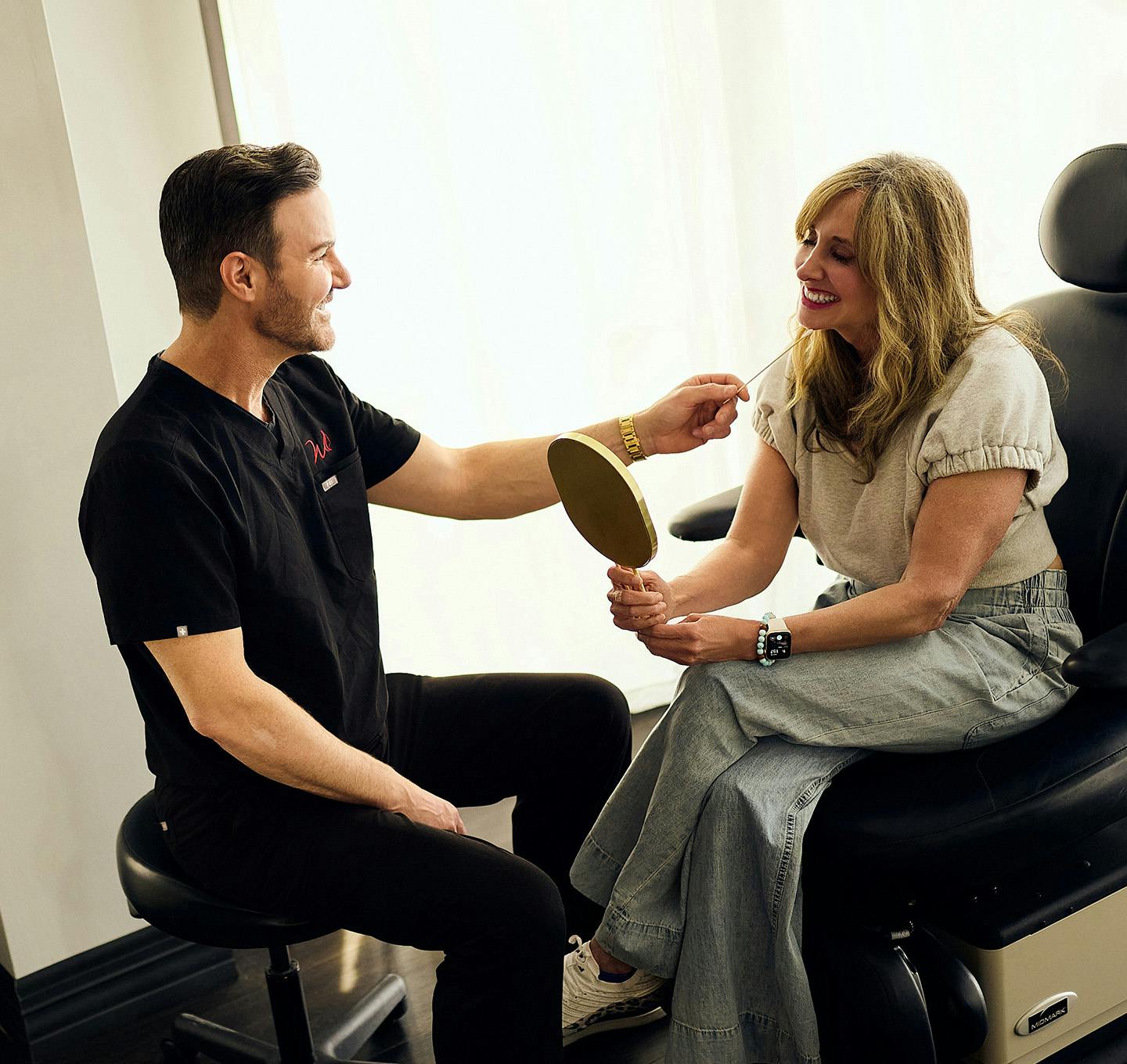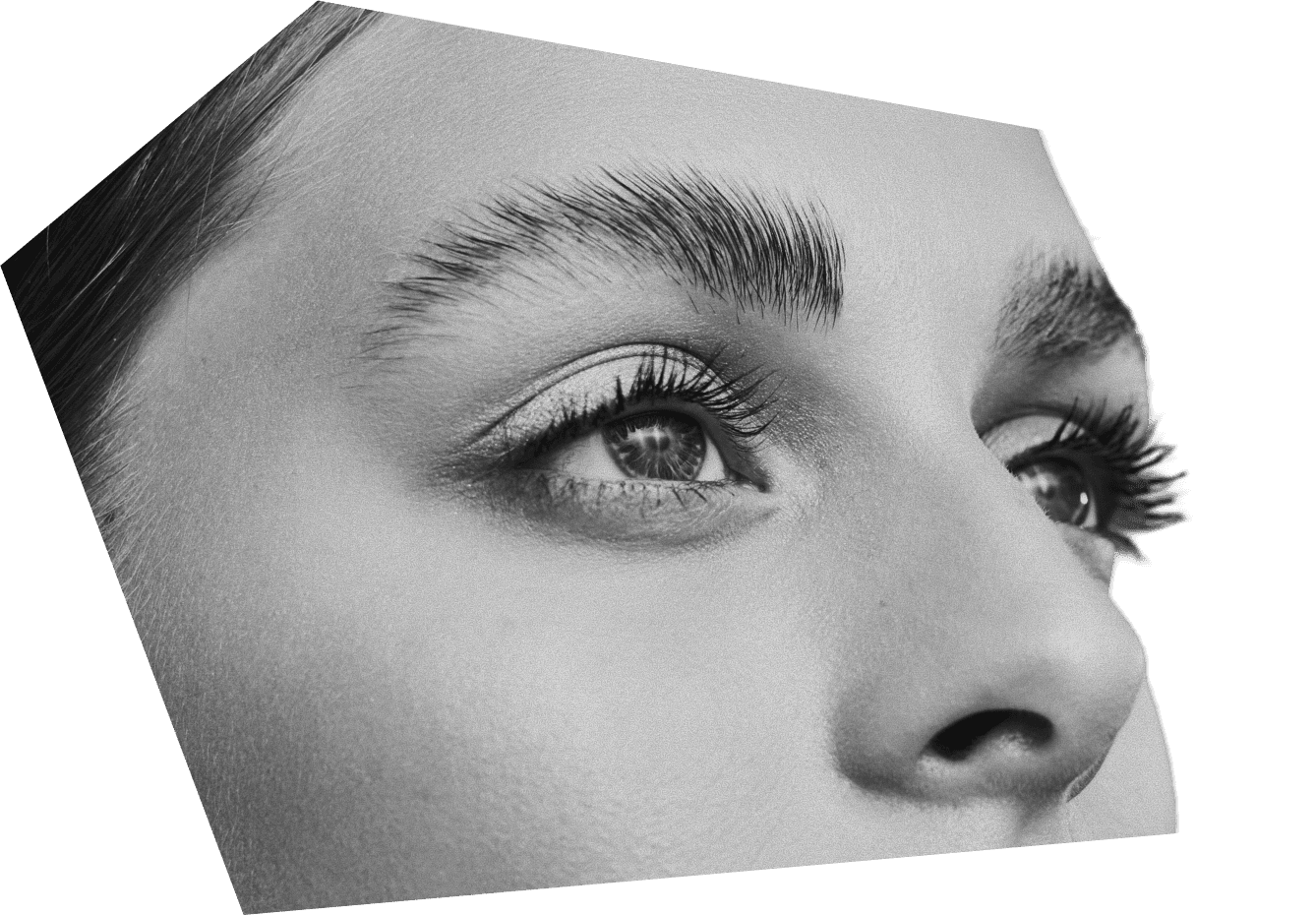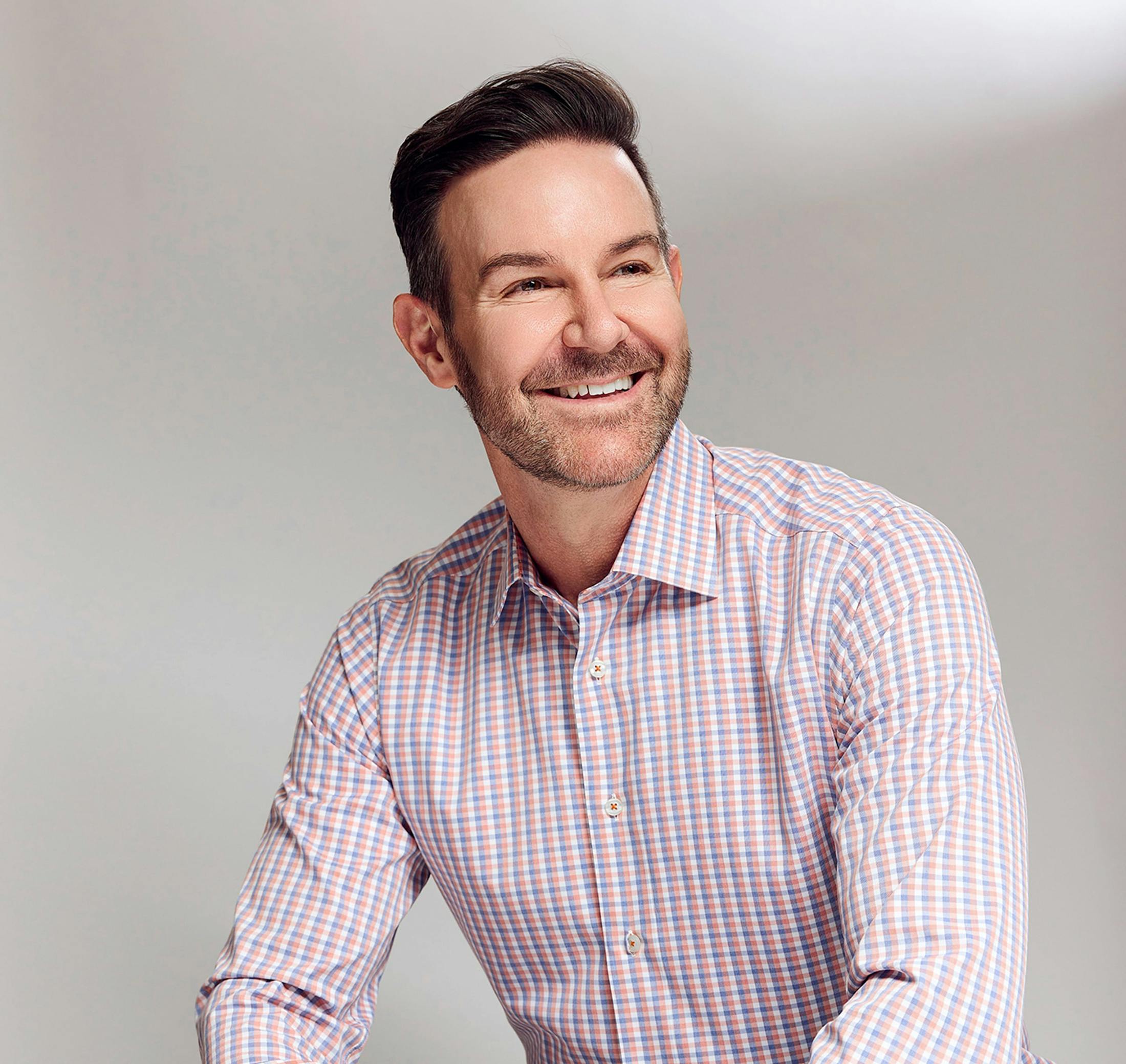Functional rhinoplasty improves breathing and nasal structure while preserving your natural appearance—combining medical necessity with expert aesthetic balance.
What Is Functional Rhinoplasty?
Functional rhinoplasty is a nose surgery that addresses nasal structural concerns. This surgical procedure repairs the functionality of the internal nasal passages to allow for easier breathing, improved sleep and a range of other positive results and benefits. Functional rhinoplasty can be performed alone. However, at the same time as a functional rhinoplasty is performed, cosmetic alterations can also be made to enhance the appearance of the nose. Dr. Weber performs over 150 rhinoplasty procedures each year.
Of those, about 50 patients present with breathing issues that are repaired as part of the cosmetic rhinoplasty. However, another 50 of those patients have functional nasal issues that they’re not aware of prior to surgery, but Dr. Weber is able to address those concerns during the rhinoplasty procedure. Overall, about ⅔ of the rhinoplasty procedures performed by Dr. Weber each year involve some functional improvement, including septoplasty, nasal valve repair, straightening of the noseor turbinate reduction.








